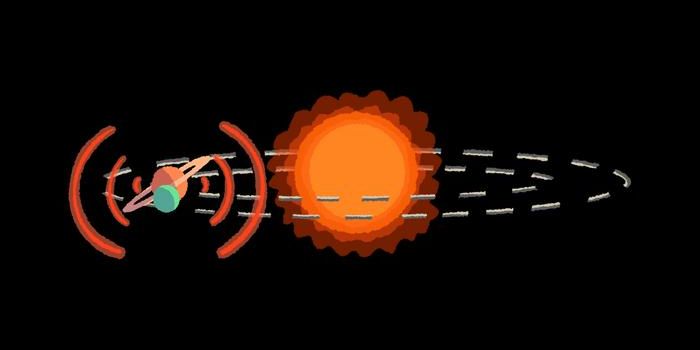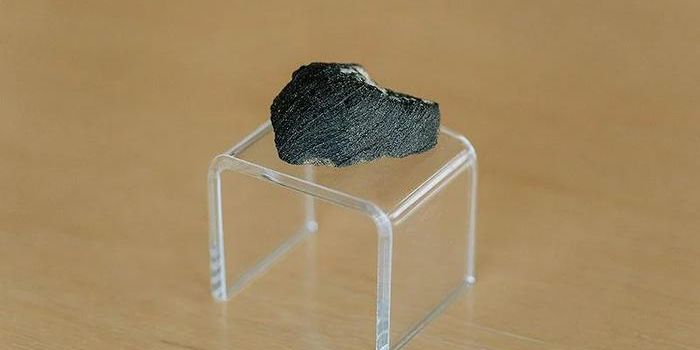Classifying exoplanet atmospheres FTW!
Those who have watched Star Trek have undoubtedly heard the Enterprise crew refer to planets by different classes regarding their habitability, referring to Earth-like planets as “Class M” planets. While humanity is quite possibly decades—even centuries—away from using this type of habitability classification system, the search for exoplanets, planets orbiting stars other than the Sun, has allowed us to begin that process by classifying exoplanets based on their atmospheres.
An international team of researchers examined data for 25 exoplanets and found some links among the properties of the atmospheres, including the thermal profiles and chemical abundances in them. The data included 600 hours of observations from the Hubble Space Telescope and more than 400 hours of observations from the Spitzer Space Telescope. These findings, published in The Astrophysical Journal Supplement Series, will help establish a generalized theory of planet formation which will improve our understanding of all planets, including the Earth.
"The theory of gas giant formation proposed by my students and I predicted diversity in the composition of hot Jupiter atmospheres, and helped to motivate this systematic survey of atmospheric characteristics," said Masahiro Ikoma of the National Astronomical Observatory of Japan, and a co-investigator on the study.
One of the characteristics investigated by the team was the presence or absence of a "thermal inversion." Planetary atmospheres trap heat, so in general the temperature increases as you probe deeper into the atmosphere. But some planets show a thermal inversion where an upper layer of the atmosphere is warmer than the layer beneath it. On Earth, the presence of ozone causes a thermal inversion. The team found that almost all of the hot Jupiters with a thermal inversion also showed evidence for hydrogen anion (H-) and metallic species such as titanium oxide (TiO), vanadium oxide (VO), or iron hydride (FeH). Conversely, exoplanets without these chemicals almost never had thermal inversions. It is difficult to draw conclusions based on correlation alone, but since these metallic species are efficient absorbers of stellar light, one theory holds that when these chemicals are present in the upper atmosphere, they absorb light from the host star and cause the temperature to increase.
In March 2022, NASA confirmed the existence of more than 5,000 exoplanets, with 31% being called super-Earths, which range in size from Earth to Neptune, and possibly rocky. Could this 31%, and possibly more, eventually come to be known as “Class M” planets in the future? Only time will tell, and this is why we science!
As always, keep dong science & keep looking up!
Sources: Memory Alpha, NASA, NASA JPL, The Astrophysical Journal Supplement Series, NPR








